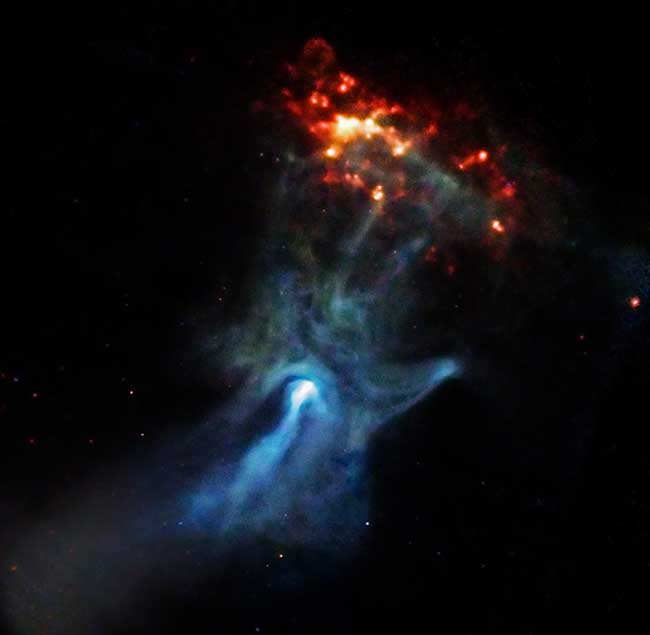April 14) — An asteroid the size of a 25-story building will come within 18,000 miles of Earth on April 13, 2029 — closer than the communication satellites that orbit the planet, Discovery.com reported.
The asteroid, called Apophis, has only a 1 on in 45,000 chance of colliding with Earth. But it will then be back for another shot seven years after that.
It’s hard for astronomers to determine what kind of threat Apophis poses in 2036 because its orbit will be bent by gravity during its 2029 flyby, Discovery reported.
During the 2029 visit, the asteroid is expected to be visible to the naked eye at night.
Apophis, which was discovered in 2004, is about 210 to 330 meters, or 690 to 1080 feet, in diameter, according to NASA.
In comparison, the asteroid thought to have wiped out dinosaurs 50 million years ago was 6.2 miles in size. In more recent history, an asteroid that was about 50 meters, or 164 feet, exploded over Siberia, an unpopulated part of Russia, in 1908. It torched or blew down trees in an 800-square mile area, Discovery reported last year.
“As things get bigger, the amount of devastation goes up dramatically,” but so does the length of time between occurrences, Nick Kaiser, the lead scientist of a new University of Hawaii asteroid-hunting project, told Discovery.
A half-mile diameter object hitting Earth would be likely to cause a global catastrophe, Kaiser said. But events like that happen only every couple of million years.
Amazing Space Images
This object is predicted to come historically close, about a 1 in 800 year event, NASA said.
Scientists expect to know more detail about Apophis’ future orbits in 2013 and 2021, when the asteroid will come within 9 million miles of Earth. That will put it close enough for radar studies.
Below:
Red represents low-energy X-rays, the medium range is green, and the most energetic ones are colored blue. The blue hand-like structure was created by energy emanating from the nebula around they dying star PSR B1509-58. The red areas are from a neighboring gas cloud called RCW 89. Credit: NASA/CXC/SAO/P.Slane, et al.

Share this post...
